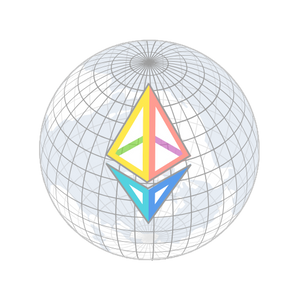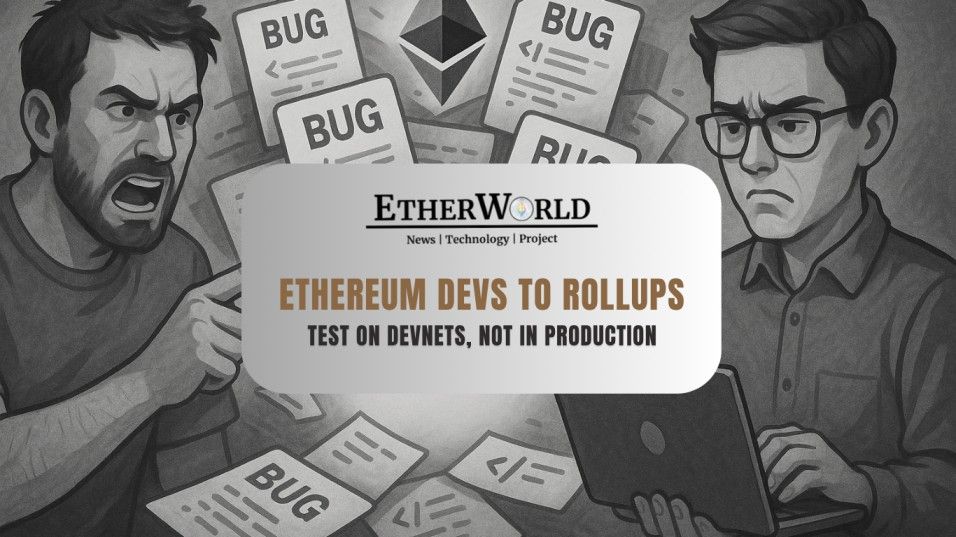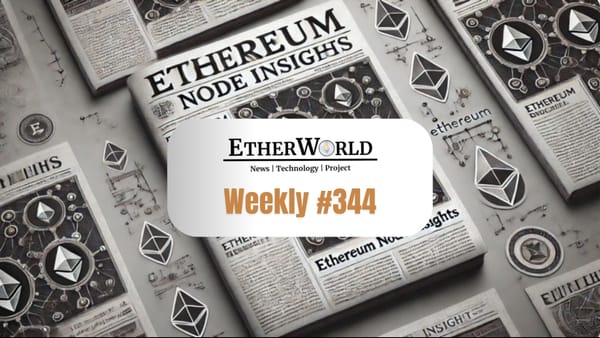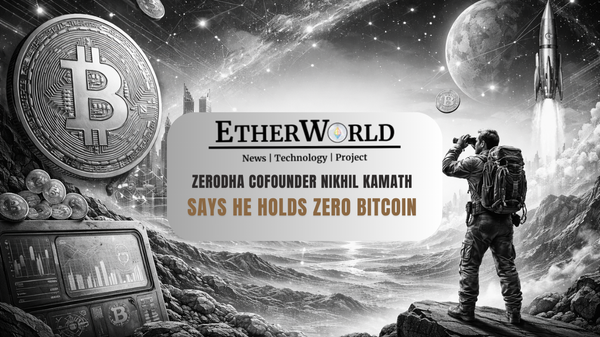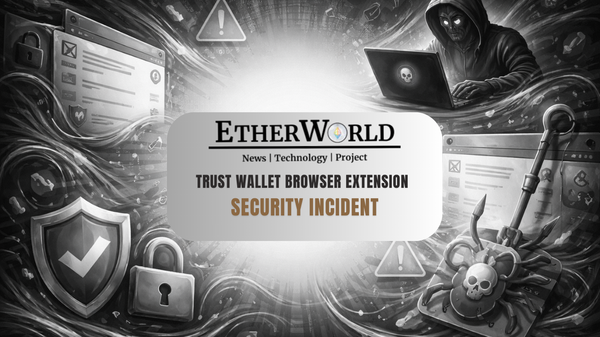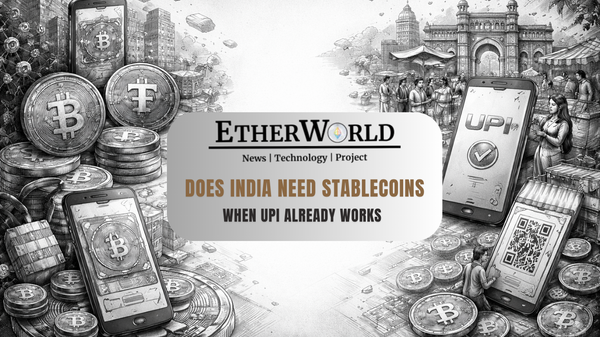During the All Core Developers Consensus (ACDC) Call #167, Ethereum’s core contributors emphasized a crucial governance message: Layer-2 rollups must treat Devnets as genuine staging environments, not production systems. The discussion highlighted recurring concerns that many rollups continue to operate on public testnets for live operations.
- Why Rollups Are Using Public Testnets as Production
- Core Developers’ Recommendation: Devnet-First Validation
- Reviving the “Mekong” Testnet Discussion
Why Rollups Are Using Public Testnets as Production
Ethereum’s growing ecosystem of rollups, including major players like Arbitrum, Optimism, and zkSync, frequently leverage public testnets such as Sepolia or Holesky for near production operations. While this approach provides user accessibility and quick developer feedback, it comes with a critical drawback: it bypasses deeper protocol level validation that only dedicated Devnets can provide.
Many L2 teams deploy directly to these public testnets for ecosystem visibility, leading to situations where unexpected consensus or RPC changes surface too late in the testing cycle. This practice creates bottlenecks for client developers and introduces risk of chain fragmentation when Ethereum core upgrades like Fusaka or Glamsterdam roll out.
Core Developers’ Recommendation: Devnet-First Validation
In response, Ethereum core devs reinforced the need for Devnet-first testing.
These networks, unlike public testnets, are isolated, reproducible environments where client teams can stress-test new features, simulate edge cases, and verify performance across consensus & execution layers.
Participants in the call specifically mentioned Fusaka’s Devnet-3 as an ideal late-stage validation environment. This Devnet-first approach aligns with Ethereum’s overall governance philosophy: test in private before you scale in public.
Reviving the “Mekong” Testnet Discussion
The idea behind Mekong was to create a semi-permanent environment that bridges Devnets and public testnets, allowing developers to test new releases without resetting network states after every cycle. However, given Ethereum’s faster release cadence leading up to Fusaka & Glamsterdam, developers recognized the operational difficulty of maintaining such a persistent testnet.
As rollups increasingly anchor Ethereum’s scalability, ensuring they validate against the same environments used by client teams will prevent silent failures and synchronization bugs during upgrades. By shifting from public-testnet dependency to Devnet-first discipline, Ethereum’s broader ecosystem can achieve faster debugging, stronger security guarantees & smoother upgrade alignment.
If you find any issues in this blog or notice any missing information, please feel free to reach out at yash@etherworld.co for clarifications or updates.
Related Articles
- Ethereum Launches $2 Million Fusaka Audit Contest to Fortify Protocol Security
- Ethereum Developers Announce "The Weld" Repository Merger
- Ethereum Developers Target September 22 for Holesky Client Releases
- Ethereum Developers Face Blockers in Shadowfork Testing Ahead of Fusaka
- A New Playbook for Ethereum: Fusaka Rethinks Testnet & Mainnet Schedules
Disclaimer: The information contained in this website is for general informational purposes only. The content provided on this website, including articles, blog posts, opinions, & analysis related to blockchain technology & cryptocurrencies, is not intended as financial or investment advice. The website & its content should not be relied upon for making financial decisions. Read full disclaimer & privacy policy.
For Press Releases, project updates & guest posts publishing with us, email contact@etherworld.co.
Subscribe to EtherWorld YouTube channel for ELI5 content.
Share if you like the content. Donate at avarch.eth.
You've something to share with the blockchain community, join us on Discord!
